HOW TO BREATHE WITH SWIMMER'S SNORKEL (FRONT/CENTER MOUNT SNORKEL)?
Since I am on the topic of breathing while swimming, let me explain, what seems like an obvious procedure, how to breathe through the swimmer's snorkel.
Before we get to that, perhaps a bit of an introduction of what the swimmer's snorkel is and how it can help you improve your swimming technique.
Quick Jump To:
- What Is a Swimmer's Snorkel?
- Benefits of Using a Center-Mount Snorkel
- How to Breathe With a Swimmer's Snorkel
- Exhaling Through Your Nose
- Exhaling Through Your Mouth
- Extra Tools: Cardio Cap and Dry Top
- Conclusion: Which Breathing Method Is Best?
- FAQ
What Is a Swimmer's Snorkel?
Contrary to a common belief, the centrally mounted snorkel is actually not a modern invention. The first documented record of a front mount snorkel as an aid to swimming can be traced back to the 1860s.
Wow, how impressive is that?
And today 99.99% of swimmers think how hip and cool they are swimming with the newest gadgets :).
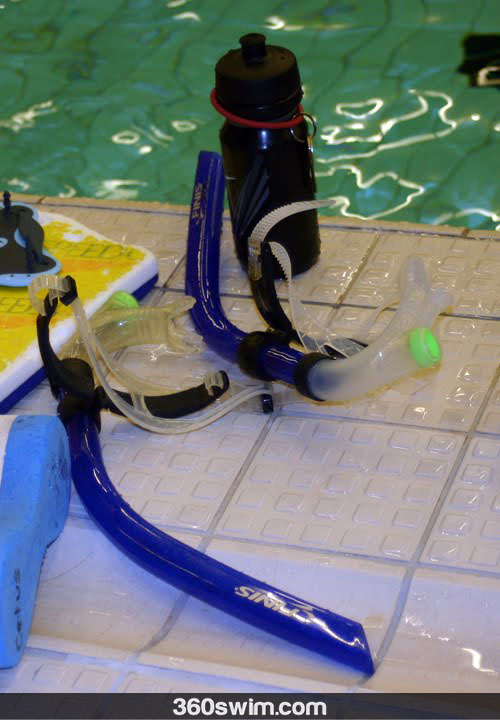
Funny, how most of us associate things with the first experience we have.
Well, anyway, so what is a swimmer's snorkel?
As the name indicates, the front mount snorkel attaches to the front of the head instead of the side like regular scuba or snorkeling snorkel equipment.
It also has a more streamlined shape where the tip bends toward the back of the head and the snorkel body is flatter instead of round.
And finally, it attaches to the head with a strap and not clumsily to a scuba mask. (I stopped wearing mine while scuba diving because it always just got in the way.)
Benefits of Using a Center-Mount Snorkel
Front mount snorkels are designed to help swimmer's technique and they can do this in several ways.
-
Focus on technique: When swimming with a center mount snorkel, you don't need to worry about turning your head to breathe. That lets you focus on body roll, early vertical forearm, or a healthy kick.
-
Better head position: The snorkel serves as a sensory cue to keep your head down while swimming, a great reminder to look at the bottom.
-
Adds fun and variety: It breaks up the monotony of standard laps.
-
Helps fix breaststroke head movement: You can even attach the snorkel upside down along your spine to correct "chicken peck" head motions.
-
Improves lung capacity: Using a front mount snorkel can help strengthen your lungs.
So, how do you actually breathe through the damn thing?
How to Breathe With a Swimmer's Snorkel
How do you actually breathe through the damn thing?
There are two basic ways.
Obviously, the intake of air has to go through the snorkel pipe, so I will not discuss that. However, the variation comes in when we talk about exhalation (getting rid of your air or blowing the air out of your lungs).
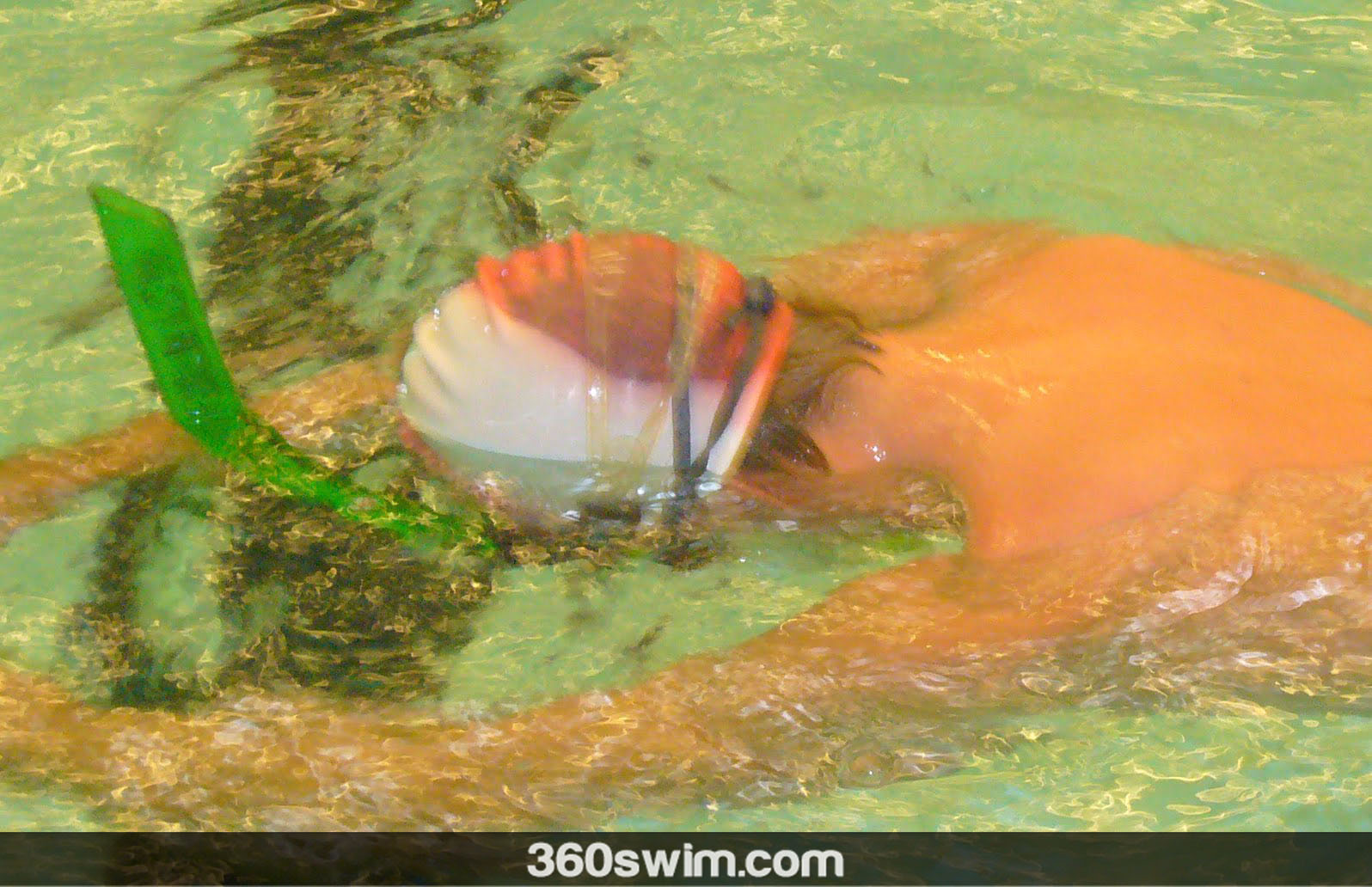
Exhaling Through Your Nose
The first method is to exhale through your nose before the next inhale. This ensures that exhaled air (rich in carbon dioxide) leaves into the water, keeping the snorkel air fresher and full of oxygen.
Furthermore, by exhaling through your nose, you actually get rid of the air quicker since you cannot control the amount of air coming out of your nose as you can with your mouth.
This technique is cleaner but takes practice, since your body has to get used to inhaling through your mouth and exhaling through your nose.
At first, it may feel awkward, as if you're running out of air too quickly. Over time, it becomes smoother.
Just remember to purge water from your snorkel using your mouth after pushing off the wall or if any water gets inside during your swim.
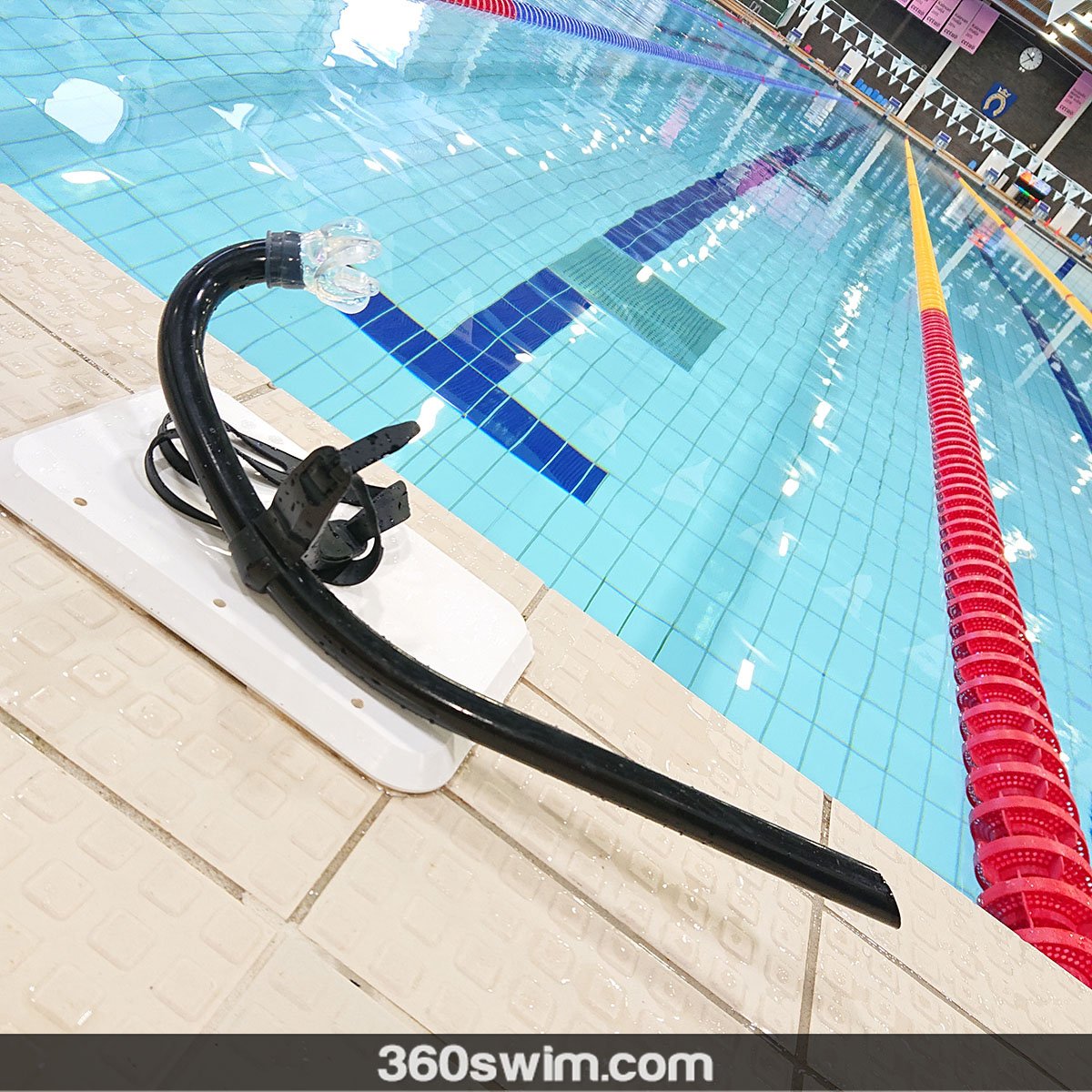
Exhaling Through Your Mouth
The second method uses only your mouth for both inhaling and exhaling. That means the air you breathe out mixes with the new air coming in, slightly reducing oxygen and increasing carbon dioxide levels.
You may be wondering, why in the hell would I want to breathe out into the pipe through my mouth, that doesn't make any sense. I want oxygen, you told me so in the bilateral breathing article, don't I?
Yes, you are correct, however, like anything in training, we always strive to improve something about what we do, be it perfecting your technique, strengthening your kick or improving your lung performance. And this is where the swimmer's snorkel also comes into play.
Since you inhale and exhale through your mouth into one single plastic pipe, the air that you subsequently inhale has less oxygen and more carbon dioxide than normal fresh air. This, in turn, makes it over time a bit more difficult to breathe and you need to really focus on properly purging the air out as well as your stroke technique.
Think of it in similar terms as in hypoxic breathing swimming sets where you'd breathe every 3rd stroke, every 5th stroke and every 7th stroke for a certain distance (25,50,100 or more if you are advanced).
Extra Tools: Cardio Cap and Dry Top
There are a couple of small gadgets that can take your snorkel training further:
- Cardio Cap: A top attachment that limits airflow, making your lungs work harder, like swimming at high altitude. (Learn more here)
In a way, it is like swimming in an altitude where the air is a bit thinner. So, you can be in Colorado or apparently now even in Australia (possible at your local swimming joint).
- Dry Top: A protective valve that prevents water from entering the snorkel. It's perfect if you're anxious about choking or just starting with snorkel work.
If you want a DIY option, try lightly placing your tongue inside the snorkel tube during inhalation, it restricts airflow just enough to simulate resistance training.
If you are not into buying a gadget and you'd rather try this in some other way, you can always stick your tongue into the tube during the inhalation process which makes the inhalation a bit harder as you are restricting the intake flow.
Conclusion: Which Breathing Method Is Best?
So what is the key takeaway from all this breathing through swimmer's snorkel stuff?
It is simple, there is no right and wrong here.
- Exhale through your nose if you want comfort and clean air.
- Exhale through your mouth if you want to challenge your lungs and improve endurance.
- Switch between them once you're confident, adaptability is the best skill.
And if you struggle with water entering the snorkel, consider using a Dry Top attachment to build confidence.
Ideally, you'd be able to switch your breathing type and pattern on the fly, so either of these is possible, but this comes with time and practice as everything else in the complex world of swimming motions :).
For example, I've been always using only my mouth to breathe in and out of the snorkel. If I switch to the nose exhalation, I get a bit confused and constantly have to think about breathing through my nose, so in theory, it actually defeats the purpose of the snorkel as I cannot concentrate on something else.
Of course, if I were to practice the nose breathing technique, after a while it would be like second nature to me and I could enjoy my technique work in more comfort.
Ultimately, the swimmer's snorkel is a fantastic tool, not just for breathing, but for improving body awareness, rhythm, and technique. So, leave your worry behind and get snorkeling :).
Frequently Asked Questions
What is a swimmer's snorkel used for?
A swimmer's snorkel allows you to focus on stroke technique, body position, and balance without worrying about turning your head to breathe. It's especially useful for freestyle and drill work.
Is a swimmer's snorkel different from a regular snorkeling tube?
Yes. A swimmer's snorkel mounts at the center of the head, not the side, and has a more streamlined, flatter design for minimal drag. It also attaches with a strap rather than a scuba mask.
Should I exhale through my nose or mouth when using a swimmer's snorkel?
Both methods work. Exhaling through your nose keeps the snorkel air fresher and oxygen-rich, while exhaling through your mouth increases CO₂ levels slightly, strengthening your lungs and endurance.
What is the Cardio Cap for swimmer's snorkels?
The Cardio Cap is an optional top attachment that restricts airflow, simulating altitude training. It forces your lungs to work harder and improves breathing efficiency over time.
What is a Dry Top snorkel attachment?
A Dry Top attachment prevents water from entering the snorkel tube while swimming. It's ideal for beginners or anyone who feels anxious about choking on water.
How can I get used to breathing with a swimmer's snorkel?
Start slowly, practice standing in shallow water and breathing calmly through the snorkel. Then progress to light kicking drills and eventually to full swimming sets once you feel comfortable.
Can swimmer's snorkels help lung capacity?
Yes. By breathing through a narrow tube and managing airflow resistance, snorkels improve lung control and capacity, especially when combined with devices like the Cardio Cap.
Is it normal to feel dizzy when first using a snorkel?
Yes, especially if you're rebreathing air or holding your breath too long. Focus on continuous, relaxed breathing and take breaks as you adapt.
 LNURL1DP68GURN8GHJ7URP0YHRXD3SWDMKJMFWVDHK6TMVDE6HYMRS9A4HSCNCWFXSH3NN0H
LNURL1DP68GURN8GHJ7URP0YHRXD3SWDMKJMFWVDHK6TMVDE6HYMRS9A4HSCNCWFXSH3NN0H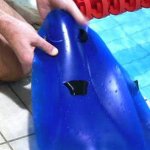
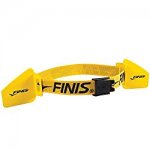
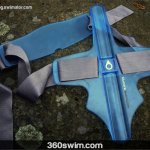
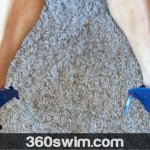
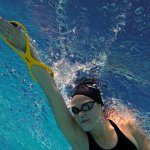
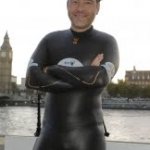
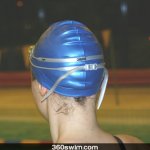
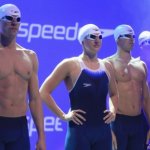
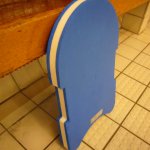

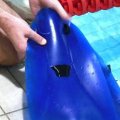
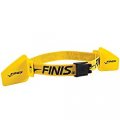
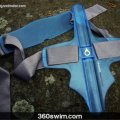
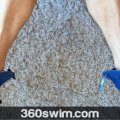
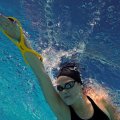
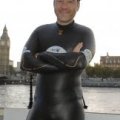
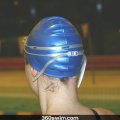




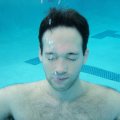















Comments (15)
I don't believe there are enough studies made in order to prove or disprove whether breathing with a restricted airflow makes you fitter. I tend to think so as my experience shows improved performance after hypoxic type of swim sets. However, if we omit the air restriction in terms of improving your fitness, it definitely makes you a better swimmer if you can swim with correct technique under the psychological pressure of having less air intake and still keep relaxed. It teaches you to be more energy efficient in the water, so then when you swim with normal air intake, it seems like a bliss. Also, swimming with cardio cap as oppose to using the common hypoxic breathing techniques (breathe every 3,5,7... strokes) is much better as you are not forced to change your breathing pattern and you can keep breathing in the same way you normally breathe, just with less oxygen coming in.
The statement that it stimulates altitude training is of course a bit far fetched as you'd need to restrict your breathing for majority of your day in order for your body to have some physiological adaptation to the conditions, not just 15 minutes in a workout, however, it does have some effect at least immediately after the air restriction exercise.
1) make sure that when you flip, you do a straight over flip and do not rotate sideways during the flip. This will eliminate a few unneeded movements. Here you can learn more: /blog/how-to-learn-freestyle-flip-turn-part-1
2) when you push off the wall, you'll need to squeeze your hands/arms together into a 'streamlined' position causing the tip of the snorkel to get wedged in between your inner elbows. The image here shows you what I mean:
https://blog.swimator.com/2006/02/breaststroke-pullout-101
and this article also has some info on it: https://blog.swimator.com/2011/02/streamline-explained-how-forces-influence-swimming
Keep up the good work and do not hesitate to ask more.
I tried it with the nose clips, and it worked, though as you said, it was hard breathing with only the snorkel! But I love it.
Thank you again for responding! I will keep you updated with any remarkable progress (if I make any).
Best
Feroluce